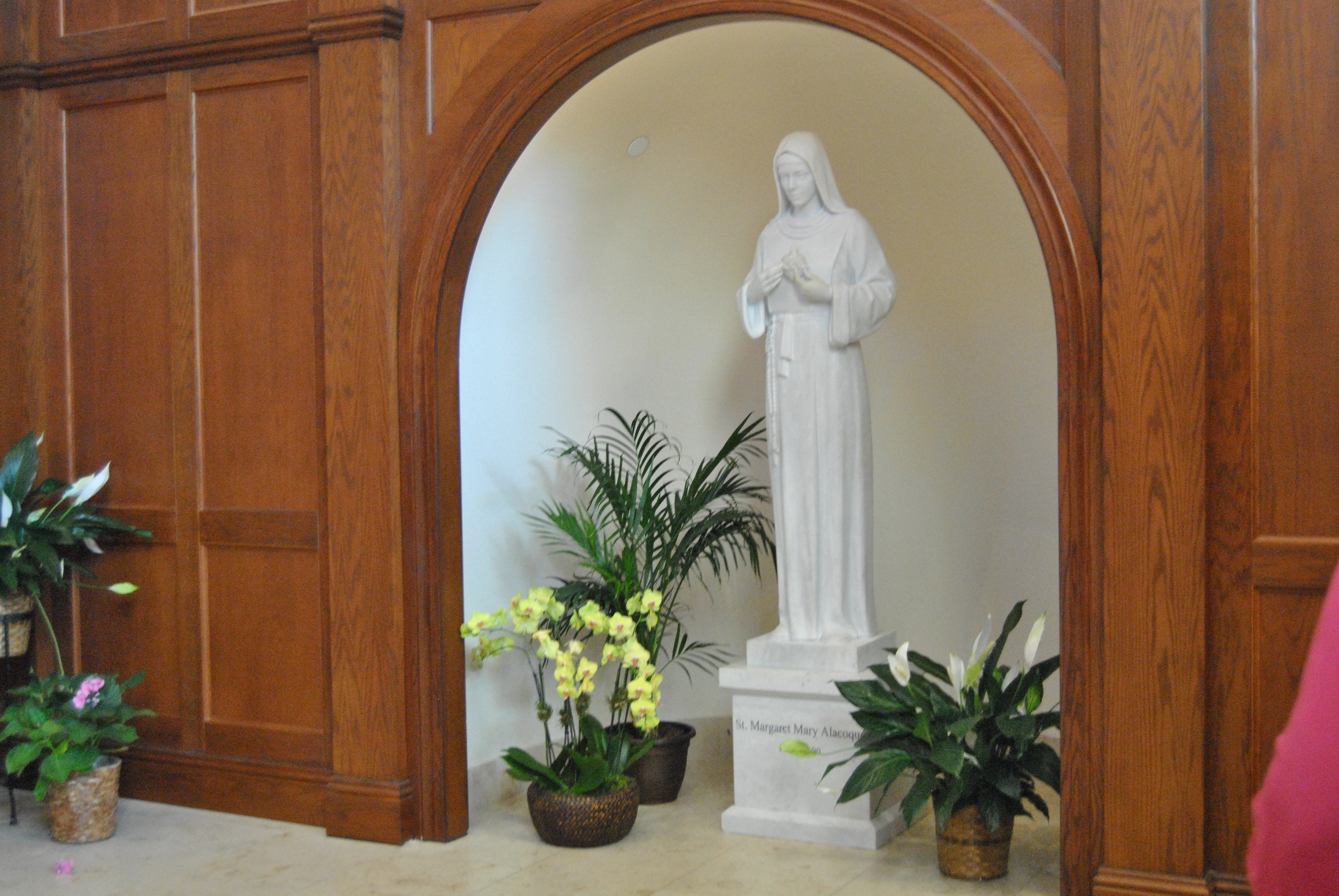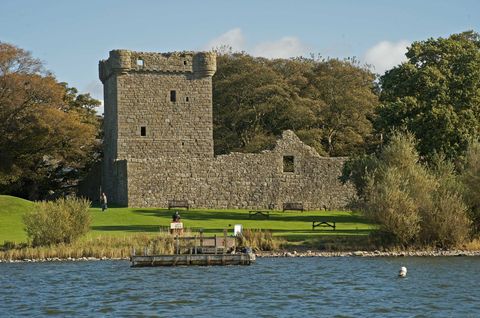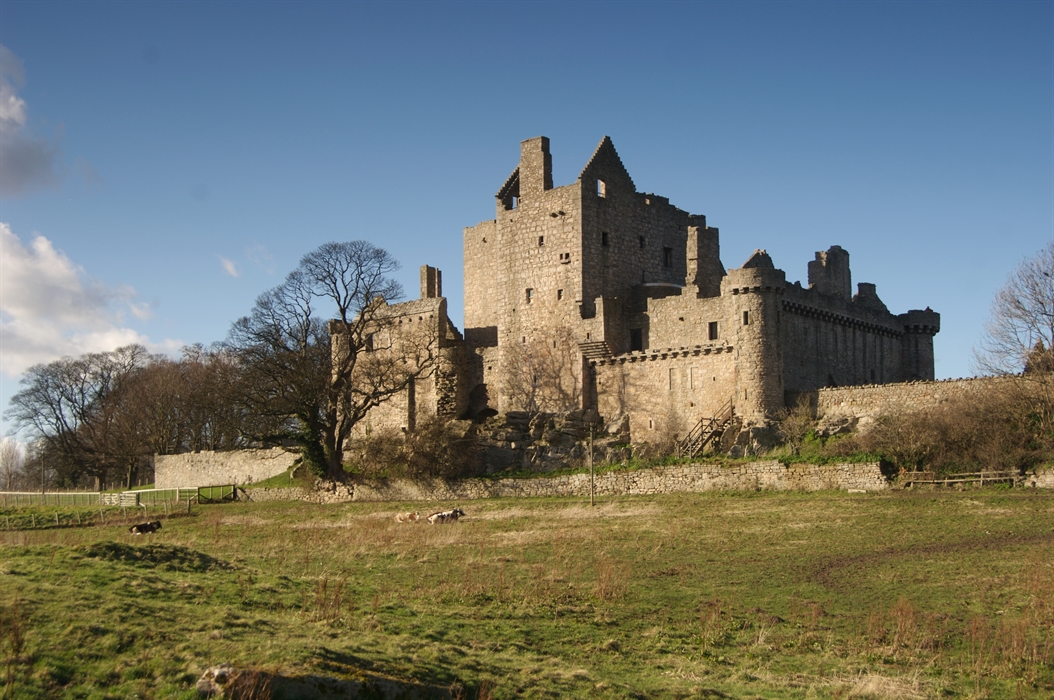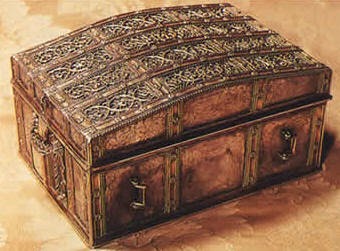After the Death of Queen Mary’s husband Darnley, Elizabeth I told Mary: “Your case is not so clear that much remains to be explained.”
If you haven’t read the previous 2 blogs on this–please do so as a mystery isn’t right w/out all of it’s parts.
Click This is part two and there should be a link there to one.

-
 Spaulding Gold Medal Accurate Wooden Golf Club
Spaulding Gold Medal Accurate Wooden Golf Club

-
 Approximately 2×2 Inch Metal Vintage Decorative Hair Comb
Approximately 2×2 Inch Metal Vintage Decorative Hair Comb

Bothwell, eventually would become the third husband of Mary Stuart – the young Scots queen who lost her throne and later her head –many of his enemies were quick to blame him and Mary as the originator of the plan to kill Mary’s husband and Mary certainly had reason for resentment and desire to rid herself of her husband. For one he had instigated the vicious murder of one of her staff (her secretary RIzzio) in her presence. He was also known for being quarrelsome and demanding and reportedly spent his time, womanizing, drinking and in all manner of loose behavior.
As to his final illness there are two schools of thought on what the condition Darnely suffered from was that required his residing at t Kirk o’ Fields — Some said he had small pox, but there appears to be an abundance of evidence, best on the talk of the day and medical knowledge of today— that the pox he had came from his fornication and loose behavior
There had also long been rumors that he wished to take Mary’s child James from her which adds even heavier reasons for her joining the plot–if she did.
While Darnley’s behavior was described as loose, Lord Bothwell was portrayed by his enemies as a control freak who killed Lord Darnley, Mary’s previous husband, and dominated the young queen, kidnapping her and forcing her into marriage.
It is obvious what Bothwell’s motives were and his gains as Mary’s husband, I would think, needs no further explanation here. Carter & Mears stated in their A History of Britain (Book III The Tudors 1485-1603) written in 1937–“There is little doubt that the murderer was the Earl of Bothwell. But did he act with Mary’s knowledge and consent? ” While Antonia Fraser’s book Mary Queen of Scots (1971) explains: “And Bothwell was certainly such a man inspired either by family tradition of advancement through queens, or plain personal ambitions, unmarked by any trace of sentiment or sensitivity.”
But wait there’ s a much newer group to hear from: This 2010 “book claims that history has much maligned James Hepburn, the 4th Earl of Bothwell (1534-1578). It argues that he was in fact another Braveheart who deserves a place alongside Celtic heroes such as Robert the Bruce and William Wallace. And, spurred on by the prospect of a full and glorious rehabilitation for the 16th-century Scot who died a horrible death in exile in Denmark, one of his descendants is campaigning to repatriate his body.” Hermary-Vieille’s book, Lord James, which was a best seller in France, was released in Dec. 2010 and puts forth this view of Bothwell—I haven’t heard any updates on bring the Lord’s remains back to Scotland though.. https://www.theguardian.com/books/2010/dec/26/mary-queen-scots-earl-bothwell
Craigmillar Castle was built from the fourteenth century and is now a pretty and well-preserved medieval ruin. The most famed aspect of Craigmillar Castle was that it played host to Mary Queen of Scots when she was recovering from an illness. It is also the namesake of a pact between several noblemen to murder her husband, Lord Darnley.
Today, several aspects of the fourteenth century structure of Craigmillar Castle remain, including an impressive tower. There is also a maze of medieval tunnels. https://www.triphistoric.com/explore/articles/mary-queen-of-scots-historic-sites
https://www.historicenvironment.scot/visit-a-place/places/craigmillar-castle
-
 Beautiful Large Stained Green & White Butterfly
Beautiful Large Stained Green & White Butterfly
But did she conspire to murder him? Mary’s cousin Elizabeth I, queen of England, apparently wondered as much. After the murders, she wrote a sympathetic letter to Mary (the cousins never met in person). But it also contained a word of warning. “I will not at all dissemble what most people are talking about,” she wrote, “which is that you will look through your fingers at the revenging of this deed.” By failing to avenge her husband’s death, Elizabeth suggested, Mary was keeping the rumor mill alive and implicating herself in the deed.
The Salacious Letters That Helped Bring Down Mary, Queen of Scots
https://www.history.com/news/mary-queen-of-scots-casket-letters-scandal
Next Week hopefully Monday—I was goofing off on the holiday—I’ll be back with an account of the Casket Letter as well as Boswell’s trial and then we’ll move on to some additional suspects including those in the Craigmillar Conspiracy.





